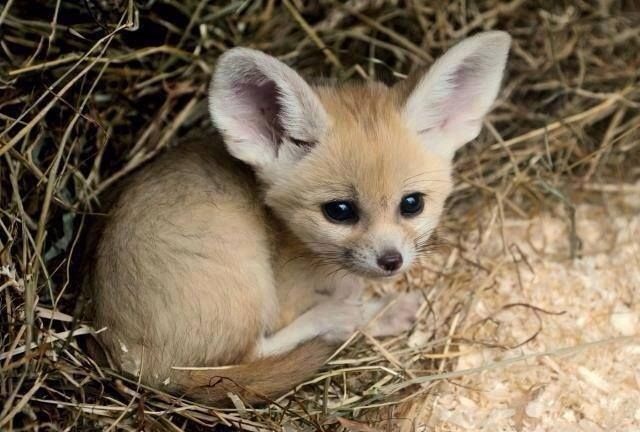
THE CAUCASUS CORSAC FOX
This subspecies of the Corsac fox lives in the westernmost part of the Central Asian steppes. Unlike the Vulpes corsac corsac, the Caucasian corsac fox does not face such abrupt temperature changes through the year, so its winter coat is not as fluffy as other species. They are also a bit smaller than common corsac foxes.
About the species
A small-sized fox, with relatively broad
ears, a short pointy face, and a short tail. Coat is short, buff to straw gray in summer, shading
to rufous, while in winter it is grayish white. Forehead is darker with pale markings
around mouth, chin, throat and groin. A patch of dark fur extends from the inner corner of each
eye down the sides of the muzzle to the nose. Ears are large and broad. Legs are light yellow
anteriorly and rusty yellow laterally. Winter coat is silky and soft, straw gray in color, with
a darker line running down the back. Teeth are small. Tail is dark ocher to gray brown, with a
dark spot about 6-7 cm from the base in the supracaudal gland, and a black tip. Females are
similar to males. Newborns are light brown, with a monocolored tail.
Reproduction and behavior
- Gestation: 50-60 days.
- Young per birth: 2-6.
- Weaning: 28 days.
- Sexual maturity: 9 months.
- Life span: Around 9 years.
- Breeding season: January to March.
Several males run behind a female in estrus and fights often occur between the males. Monogamy is
established when the females chooses a male. Earliest births are in mid-March,
but most occur in April. Males participate in raising and feeding young but
stay in another den or just outside the natal den. They will often take
burrows of other animals to raise their young in. Young are born blind
and with closed auditory meatuses. Juveniles emerge from dens in
mid-May. Young grow rapidly, reach adult size in 4 months. Social behavior: Family groups.
Diet and interaction with the environment
Opportunistic forager and hunter; small to medium-sized vertebrates (vole, gerbil, jerboa, hamster, squirrel, pika, bustard), insects, and fruits. They may scavenge carcasses. Can go without water for extensive periods of time. Main predators: Wolf, Red Fox, Dog, eagles, owls. Mainly nocturnal, but may be seen during twilight and daytime hours. Very social, living in large groups with several burrows interconnected. It hunts alone or in small packs. Territory sizes are variable, from 1.9 to 11.4 km2.
They are nomadic and do not keep a fixed home range, and will migrate when food is sparse, ranging from 50 to 600 km. They scent mark with urine and feces near natal dens to maintain territories and as a way of intraspecific communication. As with the other Corsac foxes, they lack the musky odor of other Vulpine foxes. They are excellent climbers, but slow runners. The most common vocalization is barking.
Habitat:
They are found mainly in the regions between the Caspian Sea and the Aral Sea, in the western steppes, extending over much of the northern Caucasus region, from which they are named (or the Kalmykia region in Russia). They avoid high altitudes, so it would be very rare to see one of these species on the southern slopes of the Caucasus mountain range. Since the drying up of the Aral Sea, is believed that they have left the region for more fertile regions in the west.
Native to southern Russia, western Kazakhstan, northwestern Uzbekistan and northern Turkmenistan. The region where they are least documented lately is the area bordering Uzbekistan and Turkmenistan.
Conservation status: There are no estimates of population size
and few details are known about the characteristics of regional
populations, but it is considered widespread and common. As of 2014, the corsac fox species are listed as least concern in the IUCN Red List.
Physiognomic information:
- Body length: 45-50 cm
- Tail length: 15-30 cm
- Height: around 30 cm
- Weight: 1.9-2.4 kg
- Skull: 9-11 cm
Taxonomy:

Gallery:
Because of its similarity in appearance to the common corsac fox, some of the images may be erroneous. That's why I haven't found any videos about this subspecies either, if you think you have any image or video of the Vulpes corsac kalmykorum let me know in the comments or contact me on my social networks (@etzharai).

















No hay comentarios:
Publicar un comentario